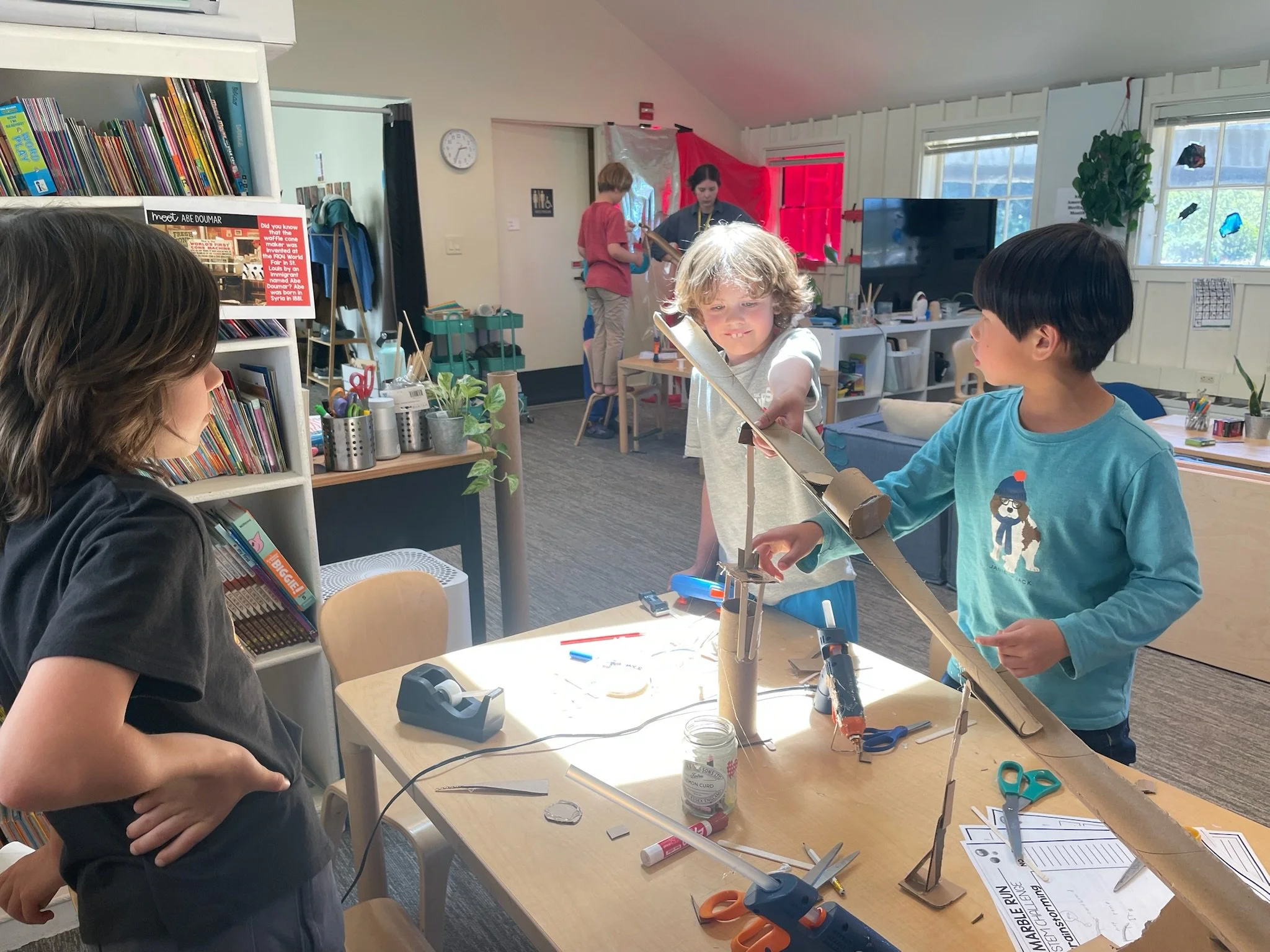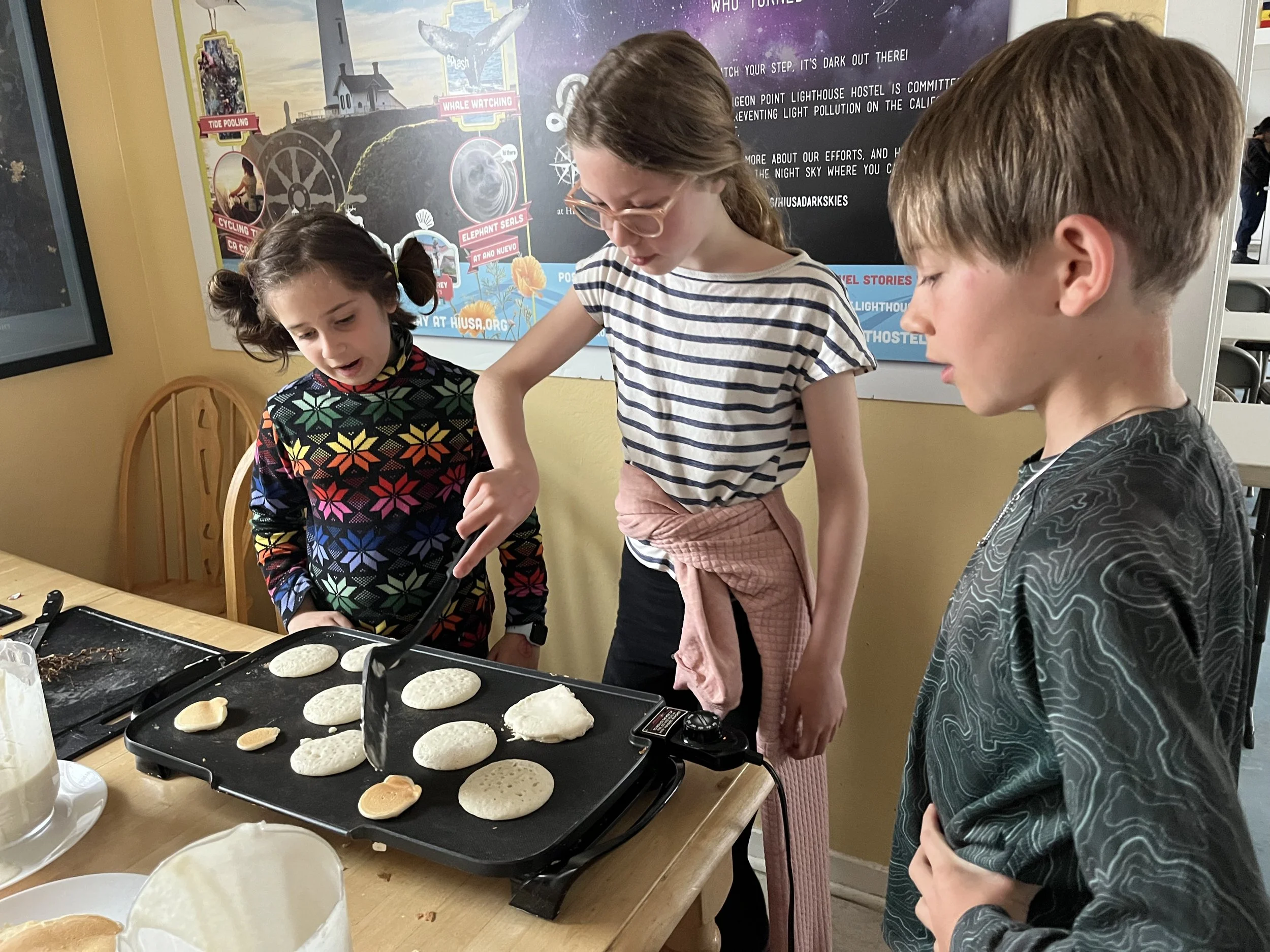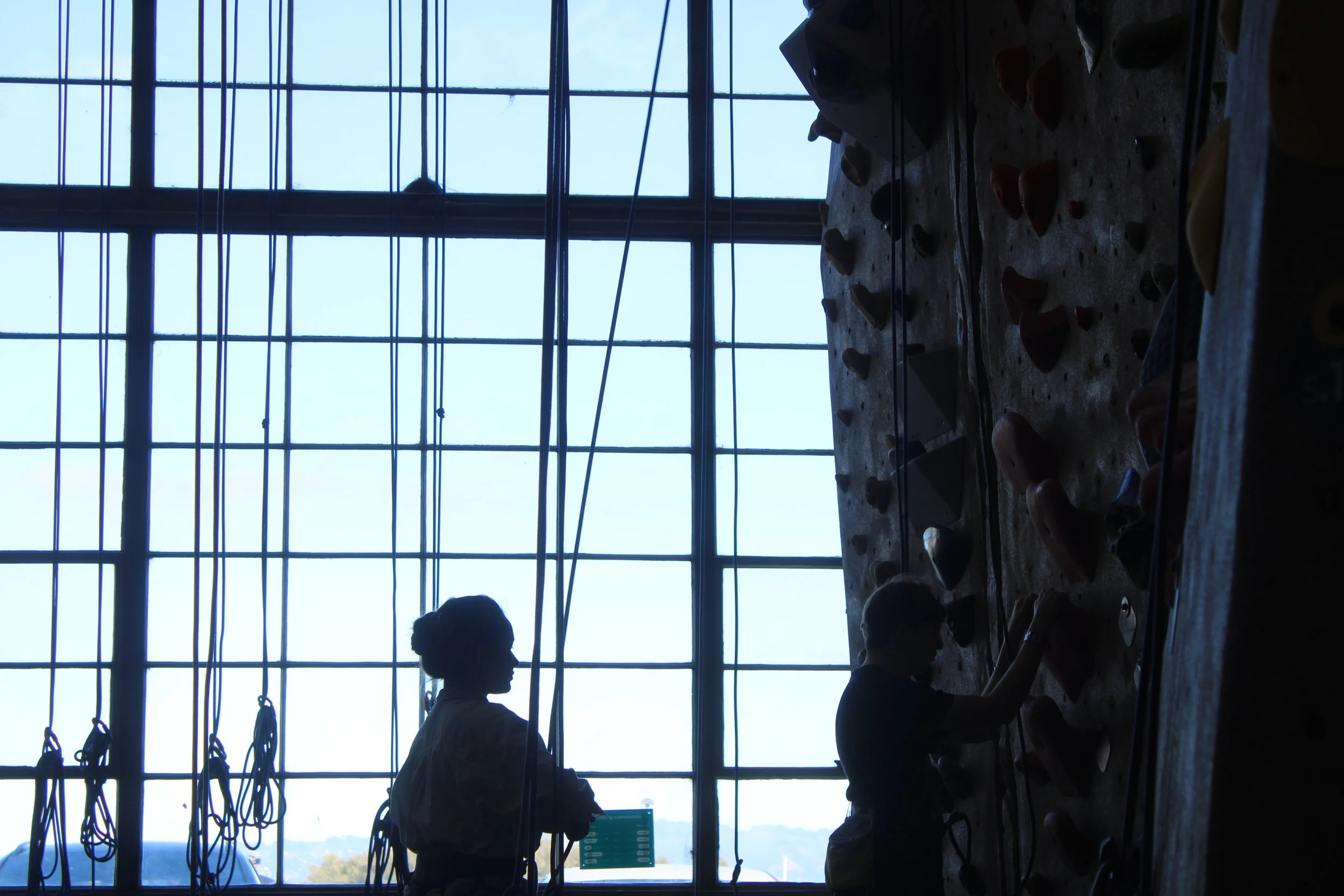Beyond Grades: How Brightworks Prepares Students for Life
Skills for real life are not taught in schools.
Brightworks changes that.
At Brightworks, we often hear parents say, “This makes so much sense—why don’t more schools work this way?”
The answer is complicated, but the truth is simple: most conventional schools were designed for a different time and purpose. They were built to deliver information efficiently, not to cultivate the skills children actually need in the real world.
Brightworks flips that script. When you walk through our doors, there are a few things you might notice that look different from most schools, but are deeply familiar if you've ever worked on a team, led a project, solved a problem, or built something meaningful.
Agency & Self-Direction
In most schools, students are told what to do and when to do it. But in life—and in any modern workplace—success is built on knowing how to manage your own time, ask better questions, and take initiative.
At Brightworks, students are given time and support to make decisions, set goals, and reflect on what they’re learning. That’s what we mean by agency—the ability to own your learning, not just follow directions.
Co-Authorship (vs Compliance)
You won’t find rigid pacing guides or a series of cookie-cutter worksheets here. Instead, you’ll find students and teachers working together to design meaningful learning experiences. Collaborators (our teachers) act more like editors and mentors—helping students shape, refine, and challenge their own ideas.
We call this co-authorship. It mirrors what happens in the real world: people solve problems together, with shared purpose and evolving roles.
Mixed-Age Collaboration
In most jobs—and in most communities—people of different ages work together, mentor one another, and learn alongside one another.
At Brightworks, students learn in mixed-age bands, which creates natural opportunities for leadership, peer support, and differentiated growth. Younger students model curiosity. Older students model responsibility. Everyone learns to navigate relationships across differences.
Project-Based Learning (vs “Projects”)
There’s a difference between doing a project about something and learning through a project. At Brightworks, projects aren’t the dessert after the lesson—they are the lesson.
Students research real-world questions, pitch ideas, manage their time, build drafts, test solutions, revise their thinking, and share their results publicly. In other words, they do the kind of sustained, interdisciplinary work that’s common in adult life—but rare in childhood.
Feedback Without Shame
In too many schools, feedback is reduced to a letter grade. At Brightworks, it’s part of an iterative process—like it is in every serious professional environment.
Students here receive and give feedback that’s specific, kind, and actionable. It’s how they learn to refine their ideas, deepen their thinking, and grow in confidence. Mistakes aren’t failures—they’re invitations to try again. That’s not just educational philosophy. That’s how growth works, everywhere.
In Short:
Brightworks mirrors the world we want our children to live and thrive in: collaborative, curious, creative, and kind. The habits they form here—self-direction, reflection, resilience, empathy—aren’t just “soft skills.” They’re the foundation for a life of purpose and possibility.
Brightworks doesn’t prepare students to play school.
It prepares them to navigate the real world—with clarity, courage, and joy.
If this is in line with what you hope your child will cultivate at school, we encourage you to reach out!










